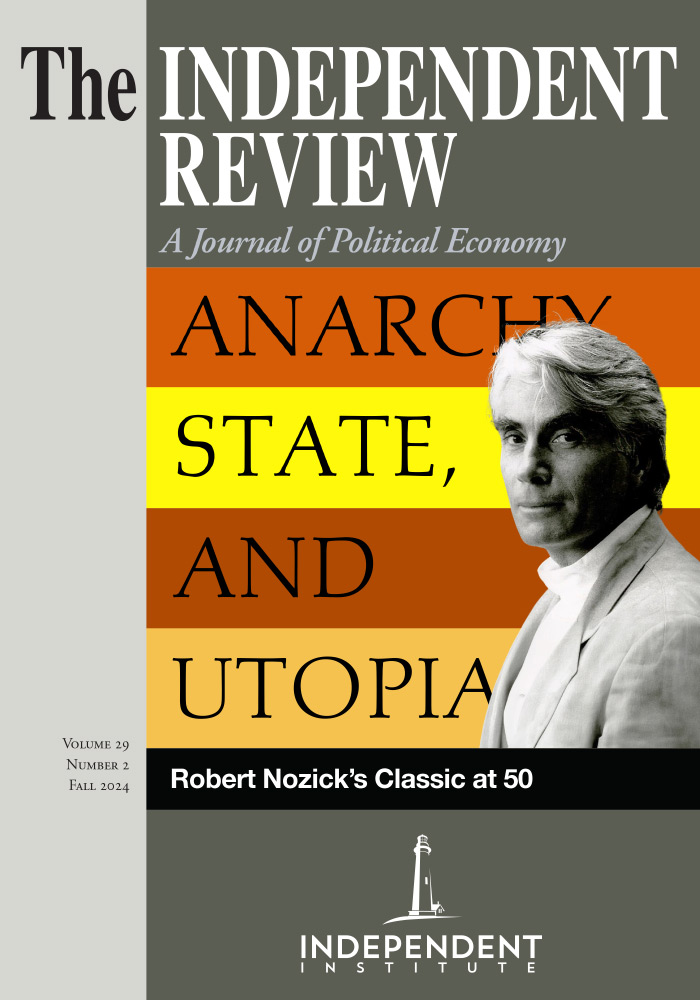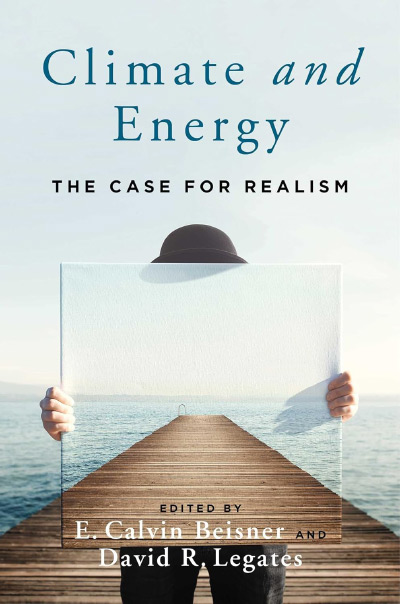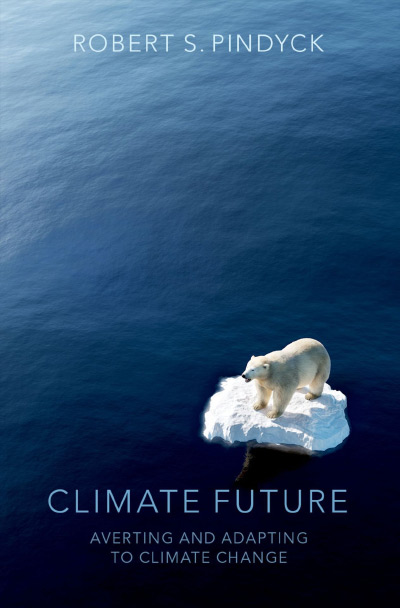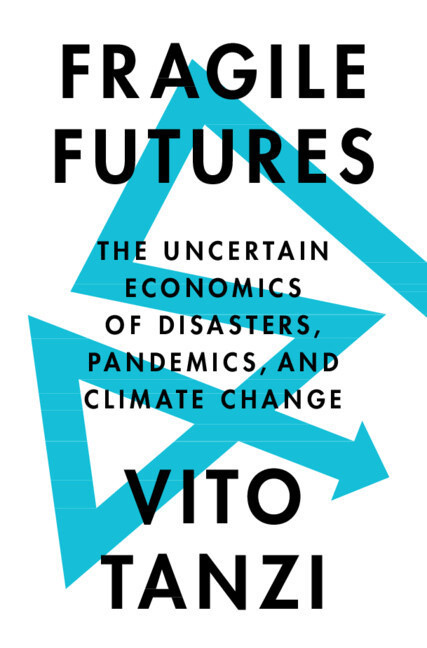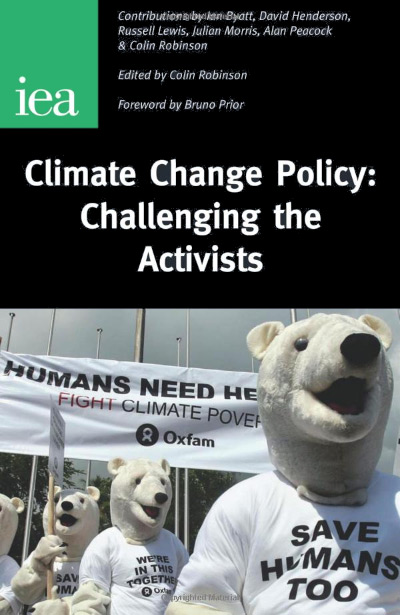“Millions of people will die if we don’t act now to halt climate change!” That is what many climate activists and headlines say, but the truth is probably the opposite. Rather, millions will die if we adopt alarmists’ mitigation strategies and abandon fossil fuels. That second claim might sound extreme, but—according to the World Health Organization (WHO)—millions already die every year in poor countries because of indoor air pollution due to burning wood and other biomass for heating and cooking. The WHO’s estimate is that because “almost half of the world’s population live in households polluted with smoke from cooking with unclean fuels and technologies,” the fine particulate matter component of this pollution mix “leads to an estimated 3.8 million deaths per year (2016 data),” with exposure particularly high among women and children. If these homes had access to electricity—largely produced by fossil fuels—millions of lives could be saved each year; and they will be saved if economic growth and the spread of inexpensive fossil-fuel produced electricity continue. This would continue a decades-long downward global trend in overall air pollution deaths, mainly driven by a drop in indoor air pollution deaths, as data from Our World in Data demonstrate. Perhaps the only thing that could derail this progress is the “eco-colonialism” (p. 372) that Western progressives hope to inflict on the developing world.
The poignant closing chapter of Climate and Energy: The Case for Realism makes this point. The chapter, by Vijay Jayaraj, is a fitting conclusion to an eye-opening book. The equally compelling opening chapter, “Life after Climate Change: Better Than Before” by E. Calvin Beisner, makes the book’s core argument: human-induced climate change is real but not catastrophic. “While climate change poses no existential threat to humanity, ill-informed climate policy does threaten economic systems and hence human welfare” (pp. 1-2).
The volume continues with David Legates recounting the sad history and politics of “climate change”—a record of suppressing “dissent” from the anointed view favored by progressive “climatists” in rich Western nations, the political theater responsible for elevating climate change to the status of a crisis, distortions and fabrications by scientists to abet this cause (especially the “hockey stick” canard), and the cheapening of science in the process. Next come several chapters explaining climate science and climate models—with individual chapters on the role of the sun, the role of oceans, and the role of evaporation, precipitation, and clouds (among others). For a social scientist given the role of explaining climate change policy to students or the general public, they offer a trove of useful information.
The most important of these chapters is “The Holy Grail of Climate Change: Quantifying Climate Sensitivity,” by Nicola Scafetta. Scafetta has published widely on climate change, especially on the role of celestial events in driving climate oscillations. His work is widely cited. Google Scholar records over five thousand citations to his work. Climate sensitivity is the “holy grail” because it estimates how much warming will result from a doubling of CO2 in the atmosphere. As Scafetta explains, “two investigative approaches are available to scientists: climate models, which the IPCC [Intergovernmental Panel on Climate Change] embraces, and empirical analyses,” which the IPCC oddly ignores. The most widely used climate models yield fairly high and uncertain sensitivities—with a doubling of CO2 increasing temperatures between 1.8° and 5.7°C. These models’ central estimate is around 3.5°C warming per CO2 doubling. These models appear faithfully to reproduce the warming of the late twentieth century, but they are “tuned” to do so and do not match the broader historical record well. Scafetta argues that 60-year oscillations in the historical record appear to explain about half the warming of the late twentieth-century and that the longer-term historical record suggests a much lower climate sensitivity. He concludes that the actual climate sensitivity is closer to 1.5°C warming per CO2 doubling—or even 1.2°C after accounting for non-climatic warming biases, such as heat island effects arising from increased urbanization. This is a HUGE difference. If the empirical historical record is a better guide to climate sensitivity, projected future increases in CO2 levels are not a very big deal. If the modelers are correct, we have more to worry about, yet even then the effects are not anywhere near an “existential threat” level; the next section of the volume explains that either way the optimal response to higher temperatures and climate change is likely to be adaptation rather than the costly and ineffective mitigation strategy of forcibly transitioning from fossil fuels to renewable wind and solar power through subsidies and draconian regulations.
The remaining chapters turn from physical science to social science. Timothy Terrell contributes a perceptive chapter on the historical role of energy in human thriving. Robert Hefner provides one of the most stunning calculations of the book: “A barrel of oil contains 5.8 million British Thermal Units (BTU) of energy. A human in peak physical condition can generate about 750 BTU per hour of physical work. That means a barrel of oil can produce 7733 hours of optimal human labor. At the January 2022 average wage of $26.92 per hour in the United States, which means a single barrel of oil generates $208,172.36 worth of work. Yet it sells for less than an equivalent amount of soda” (p. 270). [The latest hourly wage figure is $34.91, so that boosts the labor value of a barrel of oil up to about $270,000. On the other hand, one reason that wages are so high is that energy is so inexpensive.] Hefner also points out that natural gas from fracked shale “is responsible for the world’s most significant carbon dioxide emissions reduction. More importantly, instead of the German taxpayer paying $580 billion [to reduce emissions] ... America’s reduction was paid for without a single dollar of taxpayer funds” (p. 277).
G. Cornelis van Kooten’s chapter “Climate Change and the Economics of an Energy Transition” is particularly damning to renewables, pointing out that the unreliability of wind and solar mean that when they are added to the power infrastructure the customer must pay twice because the fossil-fuel power plants must remain or there will be blackouts when the wind stops blowing and the sun stops shining. At this point, “unreliable” is virtually a synonym for wind and solar, likewise “redundant” and “costly.” This message needs to be driven home, especially to younger people who have been indoctrinated to think that renewables dominate fossil fuels. (For example, a recent survey of Millennials and Generation Z’s found that over half think that it is “important to use/buy solar and wind energy.”) Van Kooten also explains how standard levelized cost of energy (LCOE) estimates are virtually useless, as they privilege renewables by hiding many of their costs—including decommissioning costs and costs due needing back up energy sources. He cites a study concluding that “solar panel wastes are considered to be three hundred times more hazardous per unit of energy produced than nuclear waste” (p. 326). A second chapter by van Kooten argues that “because poverty poses risks to health and life that far exceed those posed by climate change, any climate policies that result in a reduction in the prospects of the poorest should be avoided, even if that means the rest of the world needs to adapt to climate change rather than try to mitigate it” (p. 343). That is exactly what we have done and will continue to do—adapt. The adaptation appears to be going fairly well, as average incomes and (aside from the COVID blip) life expectancy continue to rise globally.
Mitigation—reducing the level of greenhouse gas emissions by doing things like subsidizing renewables—has not stopped emissions from rising. Although developed countries have grand plans for reducing their emissions to zero, this is highly unlikely to occur anytime. Leaders of developing countries often promise to cut their emissions too, but their actions suggest that they have no intention of actually doing so. Instead, their gambit appears to be to put pressure on developed countries to adopt even more expensive renewables and price themselves out of markets. Any plausible mitigation simply will not stop greenhouse gas levels from rising and temperatures from creeping upward. Therefore, as these authors collectively argue, adaptation is the only serious strategy for dealing with any climate changes that actually occur.

